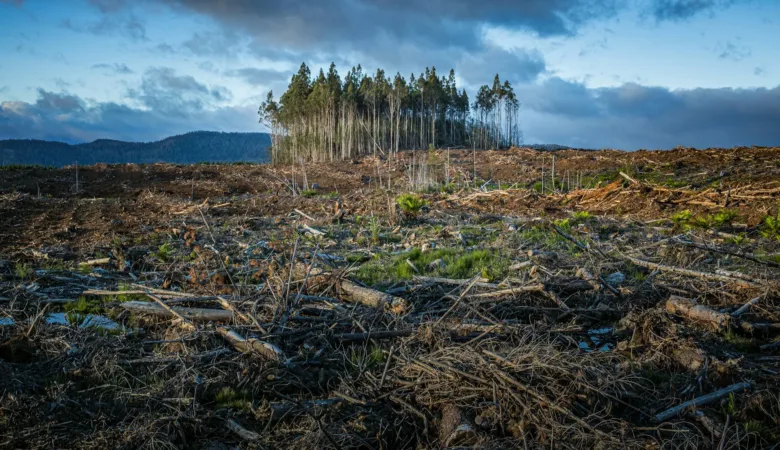Introduction
Forests play a crucial role in regulating our climate, acting as nature’s air conditioners and carbon sinks. Their ability to absorb carbon dioxide, release oxygen, and regulate temperature makes them invaluable in the fight against climate change. In this blog post, we will explore the various ways in which forests contribute to climate regulation.
Carbon Sequestration
One of the most important functions of forests is their ability to sequester carbon dioxide from the atmosphere. Through the process of photosynthesis, trees absorb carbon dioxide and store it in their trunks, branches, and roots. This carbon storage helps to reduce the amount of greenhouse gases in the atmosphere, thereby mitigating the effects of climate change.
Temperature Regulation
Forests also play a vital role in regulating temperature. The shade provided by trees helps to cool the surrounding areas, reducing the need for artificial cooling systems. Additionally, forests release water vapor through a process known as transpiration, which has a cooling effect on the atmosphere. By regulating temperature, forests help to create a more comfortable and sustainable environment.
Protection Against Natural Disasters
Healthy forests act as natural barriers against natural disasters such as floods, landslides, and hurricanes. The dense root systems of trees help to stabilize the soil, preventing erosion and reducing the risk of landslides. Furthermore, forests absorb and store large amounts of rainwater, reducing the likelihood of floods. By protecting against these natural disasters, forests help to safeguard both human lives and infrastructure.
Biodiversity Conservation
Forests are home to a vast array of plant and animal species, making them hotspots of biodiversity. This biodiversity is crucial for maintaining a healthy and resilient ecosystem. A diverse ecosystem is better equipped to withstand the impacts of climate change, as different species have varying levels of tolerance to changing conditions. By preserving forests, we ensure the survival of countless species and help to maintain the delicate balance of our planet.
Forest Management and Restoration
While forests are essential for climate regulation, it is equally important to manage and restore them sustainably. Practices such as selective logging, reforestation, and afforestation can help to maintain and increase forest cover. Additionally, promoting sustainable land use practices and reducing deforestation are crucial steps in preserving the vital role forests play in climate regulation.
Conclusion
Forests are not just beautiful landscapes; they are powerful allies in the fight against climate change. Through carbon sequestration, temperature regulation, protection against natural disasters, biodiversity conservation, and sustainable management, forests contribute significantly to climate regulation. It is imperative that we recognize and protect the invaluable services provided by forests to ensure a sustainable future for our planet.














Leave a Reply